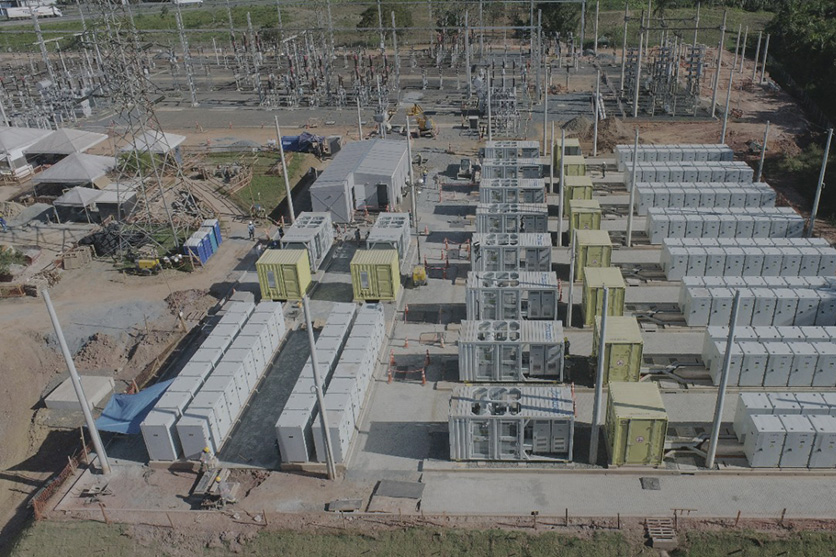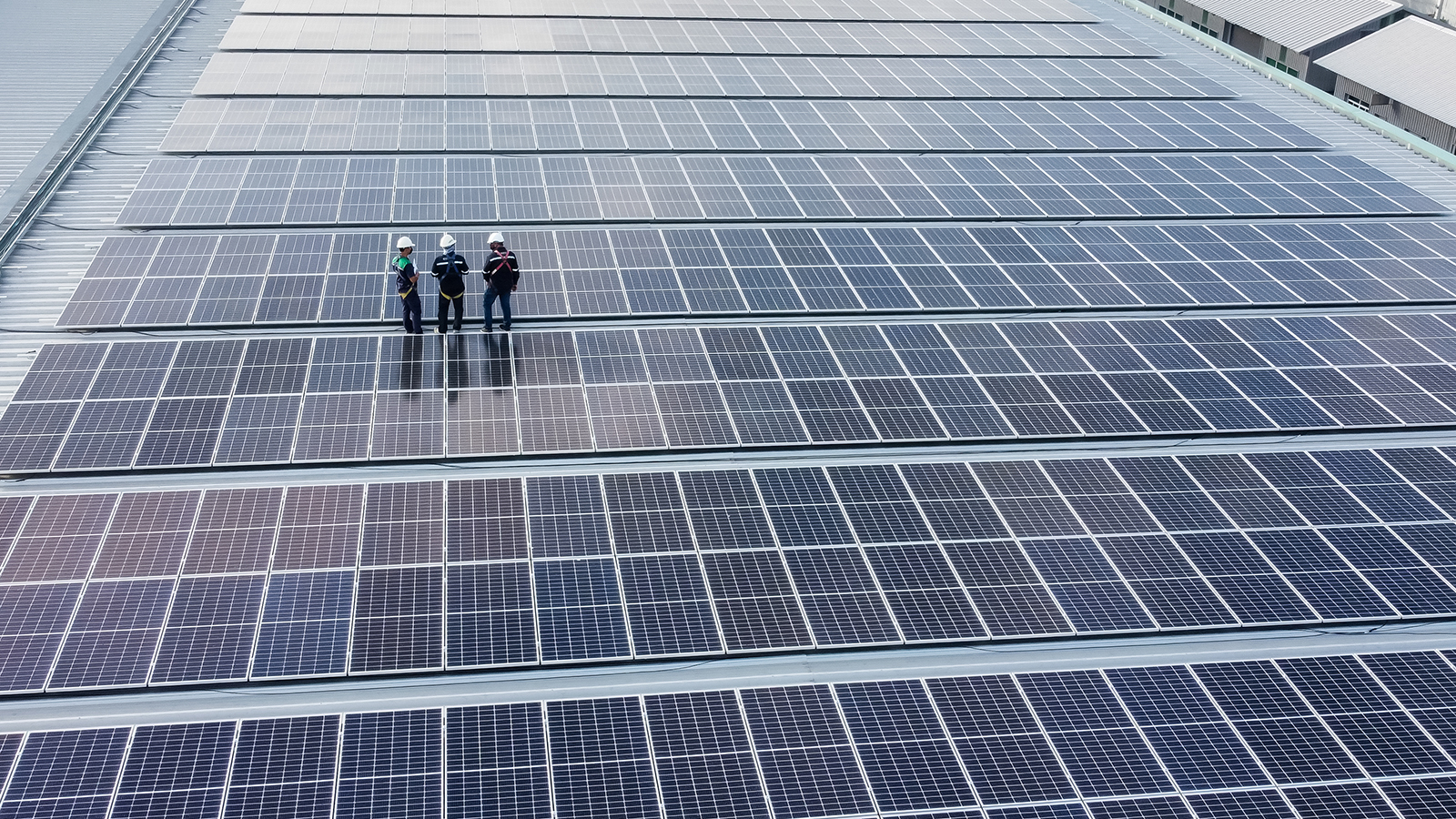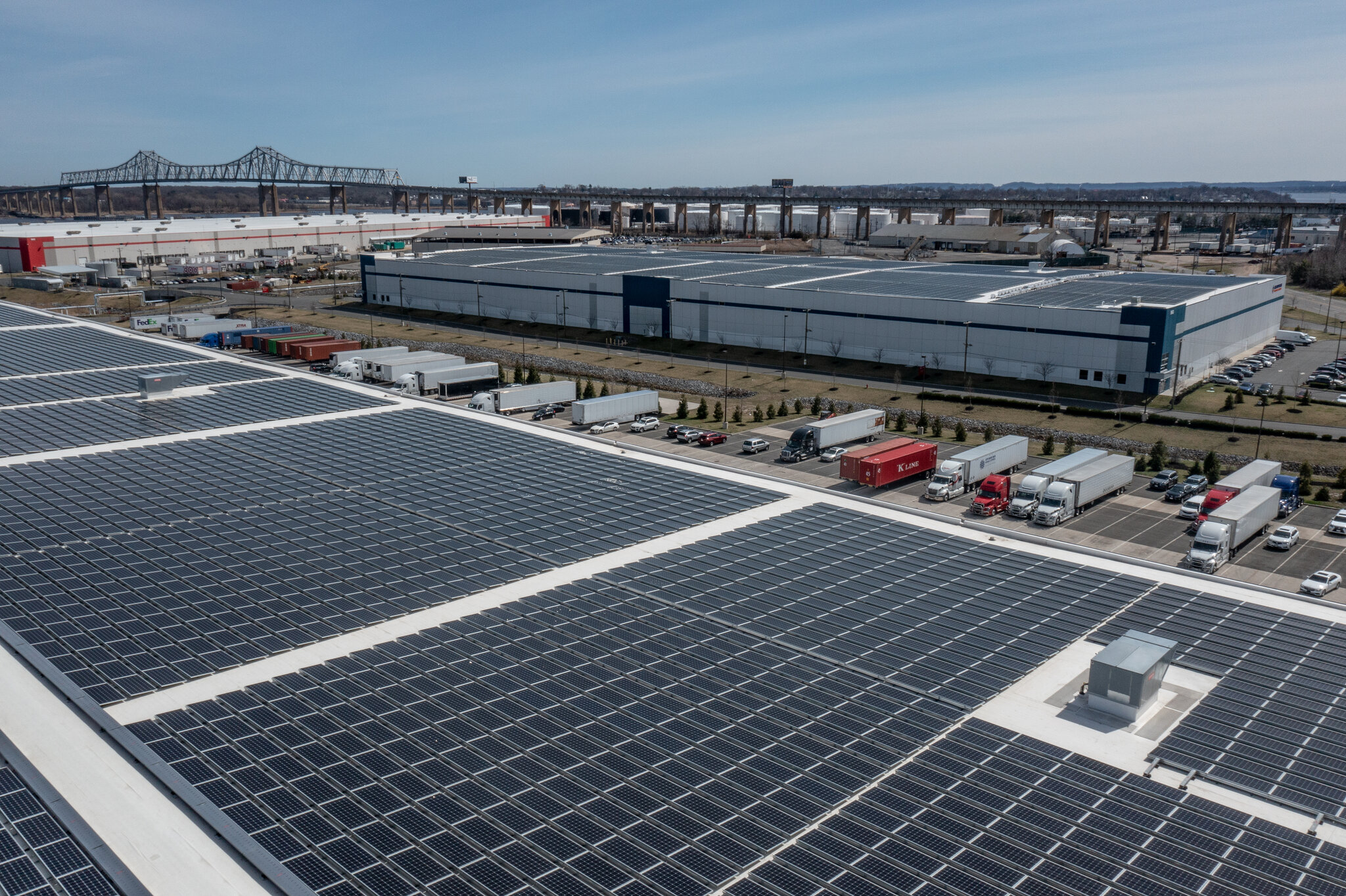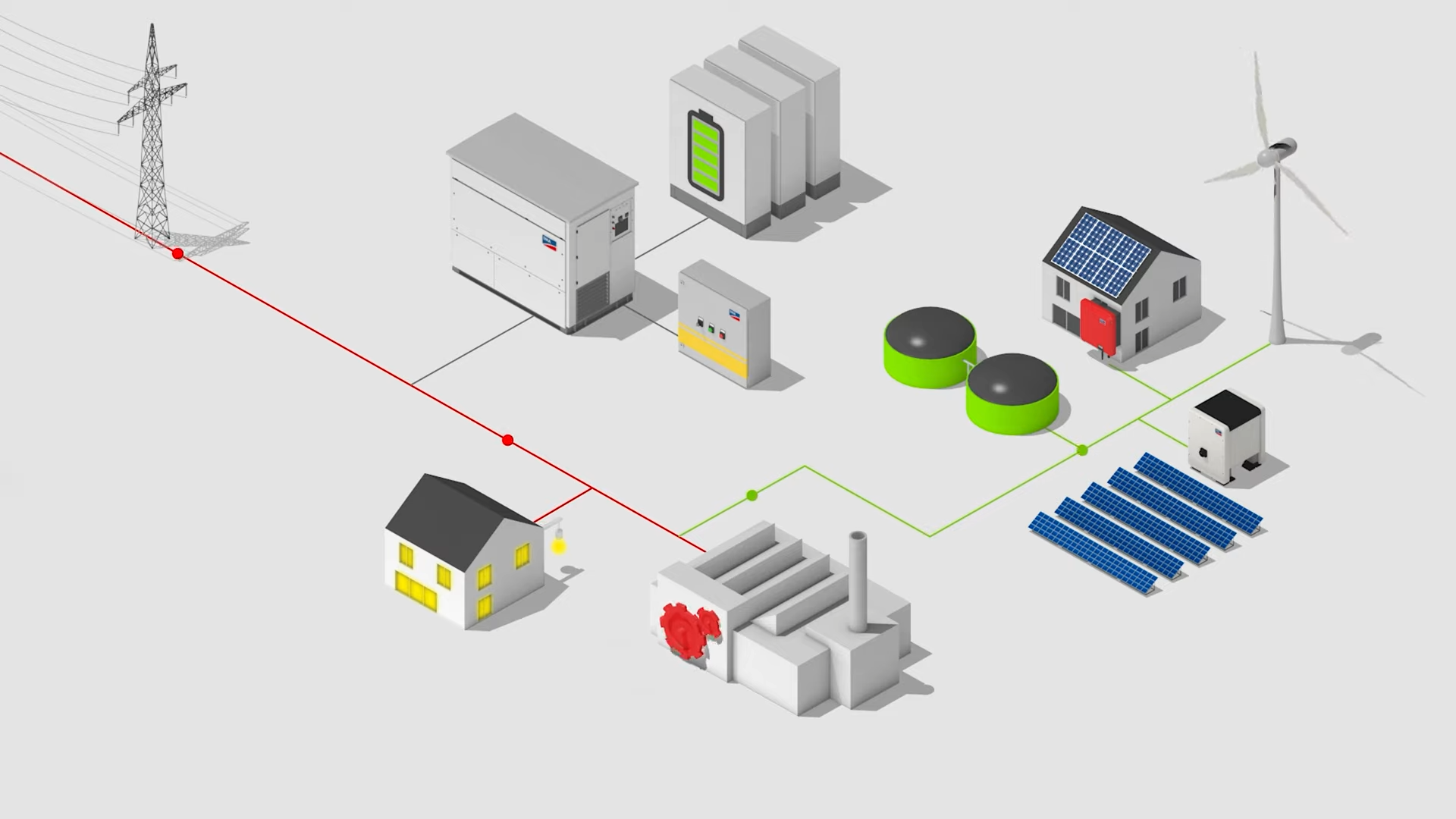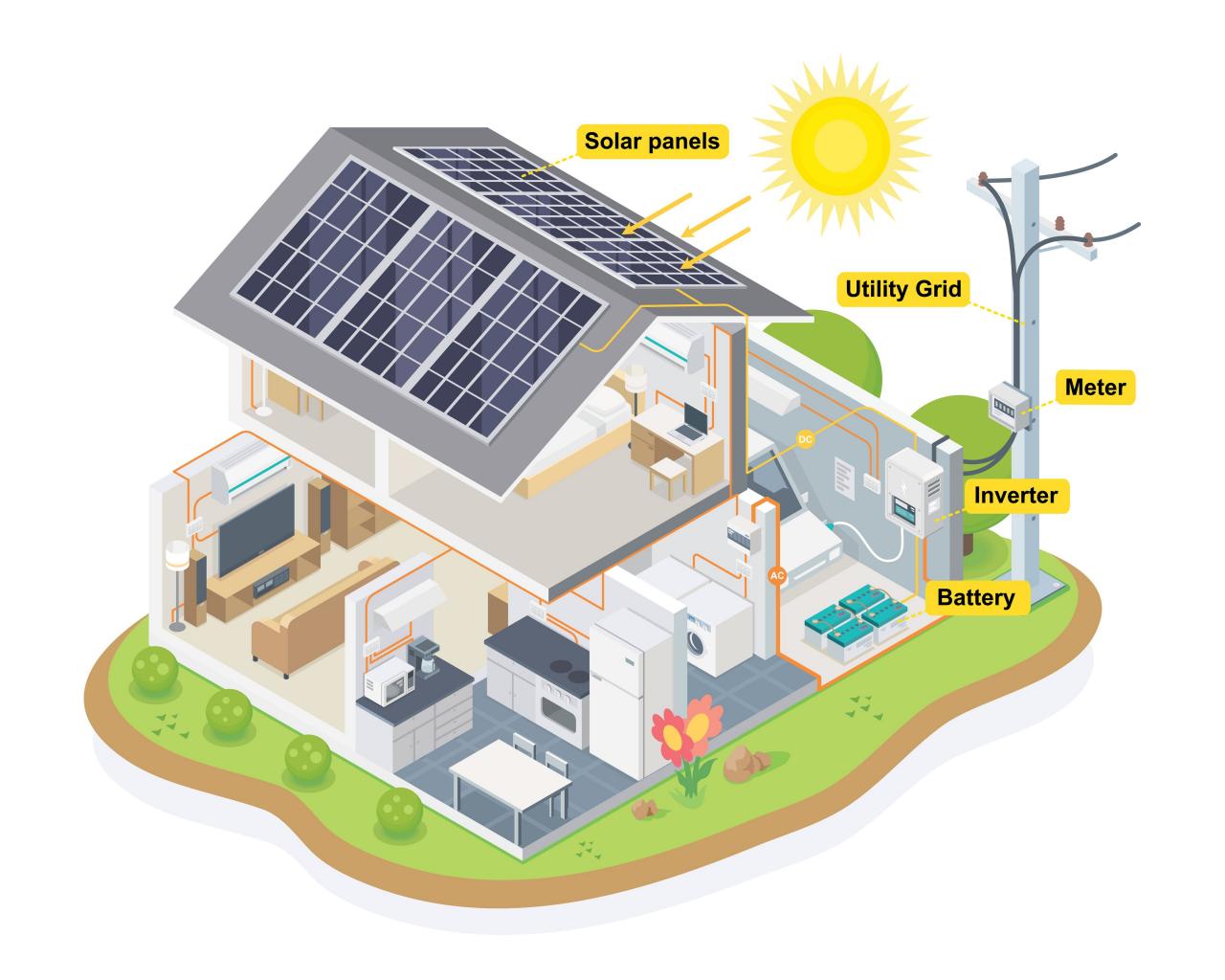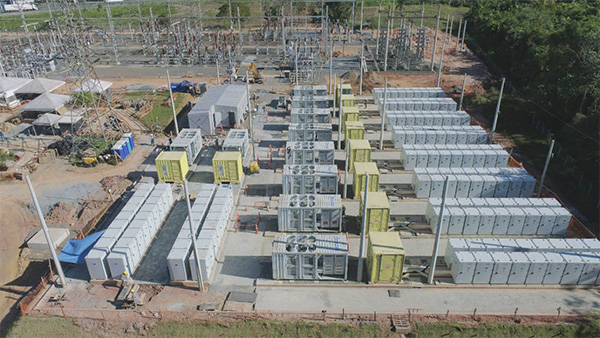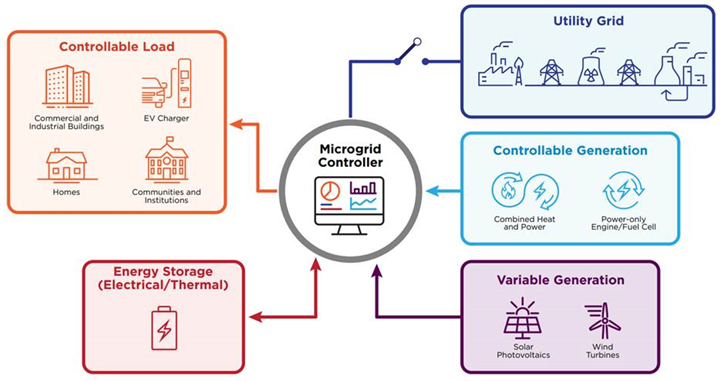Introduction: The advent of high-density AI data centers has not only elevated power demands but also opened avenues for these centers to contribute to grid stability through ancillary services. This article explores the comprehensive value stream of battery storage systems in AI data centers, particularly their role in providing grid ancillary services.
The High Energy Stakes of AI Data Centers: AI data centers, with their power density being five to 10 times that of traditional data centers, face unique energy management challenges. This scenario necessitates innovative solutions like battery storage systems to manage these increasing power demands efficiently.
The Crucial Role of Electricity Quality in Data Centers: Data centers, especially those handling AI and high-performance computing workloads, demand not just high power but also high-quality electricity. Fluctuations in voltage and frequency can lead to inefficiencies, disruptions, and even damage to sensitive server equipment.
Battery Storage: A Multifaceted Asset for AI Data Centers:
-
Energy Storage and Demand Response: Battery systems store excess energy, which can be used during peak load times. This capability is crucial for demand response programs, where data centers can reduce grid strain during peak periods by utilizing stored energy.
-
Enhanced Grid Stability with Ancillary Services: Batteries in AI data centers can provide a range of grid ancillary services, such as frequency regulation and voltage support. By rapidly responding to grid needs, these systems help maintain grid stability and reliability. By providing instantaneous response to voltage sags , swells, and frequency variations locally, batteries help maintain a stable power supply, crucial for the smooth operation of data centers.
-
Backup Power and Uninterruptible Power Supply (UPS): In the event of power outages, battery systems offer a critical backup, ensuring continuous operation of critical AI workloads and protecting against data loss or computational errors.
The Economic and Environmental Value Stream: Apart from enhancing operational efficiency, battery systems in AI data centers present economic and environmental benefits. They enable the integration of renewable energy, reducing carbon footprint, and offer potential revenue streams through participation in grid services markets.
Case Studies and Global Trends: Several AI data centers globally are pioneering the use of battery systems for grid services. For instance, Google’s data centers use battery systems not just for energy management but also to provide ancillary services to the grid.
Challenges and Future Directions: The integration of battery systems for grid services in AI data centers does pose challenges, including cost, scalability, and regulatory barriers. However, with ongoing technological advancements and regulatory shifts, the role of AI data centers in grid ancillary services is poised to expand significantly.
Conclusion: As AI data centers evolve to meet increasing computational demands, their role in the broader energy ecosystem becomes more pronounced. Battery storage systems are at the forefront of this transformation, offering not just operational benefits to the data centers but also contributing to the larger grid's stability and efficiency. This symbiotic relationship between AI data centers and the energy grid heralds a new era of energy-smart, sustainable digital infrastructure.


